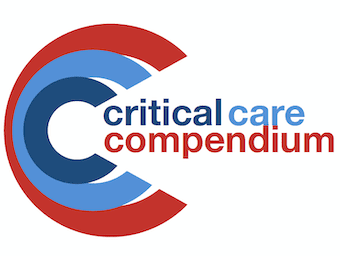
Ventricular Assist Device (VAD)
A Ventricular Assist Device (VAD) is a mechanical pump used to provide adequate cardiac output when heart failure is resistant to medical therapy

A Ventricular Assist Device (VAD) is a mechanical pump used to provide adequate cardiac output when heart failure is resistant to medical therapy

Transcutaneous Pacing: temporary cardiac pacing using pads or paddles applied externally to the chest

Tiger tube: Self advancing nasojejunal tube; short-term enteric feeding into the jejunum (<30 days); enteric administration of medications

Thromboembolic deterrent (TED) stockings; compression stockings; DVT prophylaxis in immobile patients

Testing Gas Supply and Suction

Temporary Transvenous Cardiac Pacing: emergency pacing via an intravenous device; life-threatening or unstable bradyarrhythmia

Epicardial Cardiac Pacing: the usual means of cardiac pacing following cardiac surgery

Swivel connector: allow ventilation without gas leak during invasive bronchial procedures (e.g. fibreoptic bronchoscopy, suctioning with a catheter); provide improved flexibility, stability and comfort to the ventilation circuit

Rapid Infusion Catheter (RIC Line)

Rotameters are devices that enable flow to be measured using a float that sits on a stream of gas within a glass tube and rises proportional to gas flow.

Regulator for Medical Suction Outlet

Pressure Monitoring Definitions: Zeroing; Levelling and Calibration